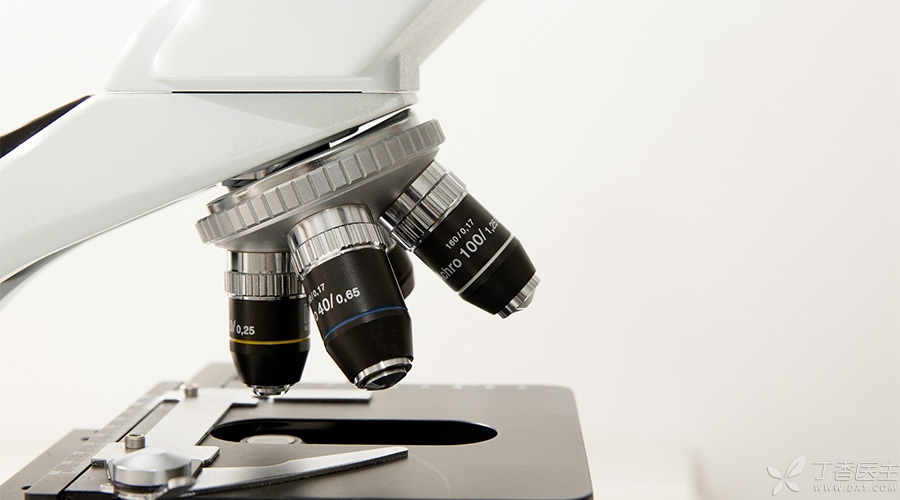
Basically, there are a few days every month when different friends ask me the same question:
[Two days ago, I went to have a cervical cytology examination. I heard that it was cervical cancer. After getting the report, the doctor said there was a problem with this and asked me to have a biopsy. Dr. Zhou, do I have cancer? ]
[What did you say in your report? ]
[Intraepithelial neoplasia. Is it a tumor? ]
[It’s… It’s a long story.]
I carefully explained to her that these are [precancerous lesions] and must be paid enough attention but not too much attention.
Intraepithelial neoplasia? Is this a what?
In short, some cells on the surface of the cervix have become a bit like cancer cells. In the doctor’s report, [cervical intraepithelial neoplasia] is often written as CIN, and pathologists often use a word to describe this change, which is called [atypical hyperplasia].
Once you see similar words in the report, you should be extremely vigilant.
Of course, this [somewhat similar] can only be seen by a professional doctor under a microscope magnified by dozens or hundreds of times.

According to the number of cells [somewhat like cancer cells], intraepithelial neoplasia can be divided into different grades, namely CIN I, CIN II and CIN III. The larger the number, the closer it is to what we usually call cancer.
Is precancerous lesion another what?
Many of us know a little about cancer: cancer occurs slowly.
For example, it may go through three stages of precancerous lesions, carcinoma in situ and infiltrating carcinoma in more than ten years or decades, which is also a process in which cells become more and more malignant.
Precancerous lesions, it is from benign lesions to malignant lesions in the intermediate state, under the continuous action of some factors may become malignant tumors. However, if it can be disposed of in time, such as surgical resection, elimination of inflammation, or removal of adverse stimuli, precancerous lesions can return to normal state.
Therefore, precancerous lesions are reversible changes. As for invasive cancer, which is what we often call cancer, it is an irreversible change.
The reason why precancerous lesions take the blame is that people have expanded the scope of precancerous lesions. Some common benign diseases are not precancerous lesions (such as common peptic ulcers), and others directly regard it as cancer, which scares them terribly.
What are the common precancerous lesions?
- Mucosal leukoplakia (leukoplakia in oral cavity, esophagus, penis, vulva and cervix); Moles susceptible to friction, chronic skin ulcers and xeroderma pigmentosa; Gastrointestinal lesions (chronic atrophic gastritis, atypical hyperplasia and intestinal metaplasia of gastric mucosa); Gastrointestinal polyps, especially familial polyposis and multiple polyps. Chronic hepatitis B, liver cirrhosis; Severe cervical erosion and atypical hyperplasia of uterus; Cystic hyperplasia of breast;
Wait, wait, wait…
However, not all tumors have typical and easily detected precancerous lesions.
Should precancerous lesions be treated?
Of course we have to deal with it!
Cervical intraepithelial neoplasia is still used as an example:
- CIN level I will generally fade naturally. CIN II may disappear naturally, but it may also become CIN III. CIN III may be cancerous.
Therefore, if diagnosed with CIN grade I, it is likely to fade naturally, so it needs to be reexamined every six months, including cytology and colposcopy.
CIN II and CIN III may develop into invasive cervical cancer, which requires treatment at this time: cryotherapy, or Leep surgery, or cold knife conization. In short, if it can be removed in time, the future trouble can be greatly reduced.
However, [precancerous lesions] are not all right after being cut off-it is actually a reminder to you:
[Your lifestyle is unhealthy. Even if it is cut off, the carcinogenic factors may still exist! ]

Therefore, if the doctor finds out these [precancerous lesions] himself, the doctor will do so himself. You can do the same!
- Only a small number of precancerous lesions will turn into cancer. Don’t be too nervous. Attention should be paid to precancerous lesions, the reexamination should be carried out actively and regularly, and the treatment should be carried out in a timely and active manner. Maintain good living habits and remove adverse stimuli, precancerous lesions can be reversed to normal state.
